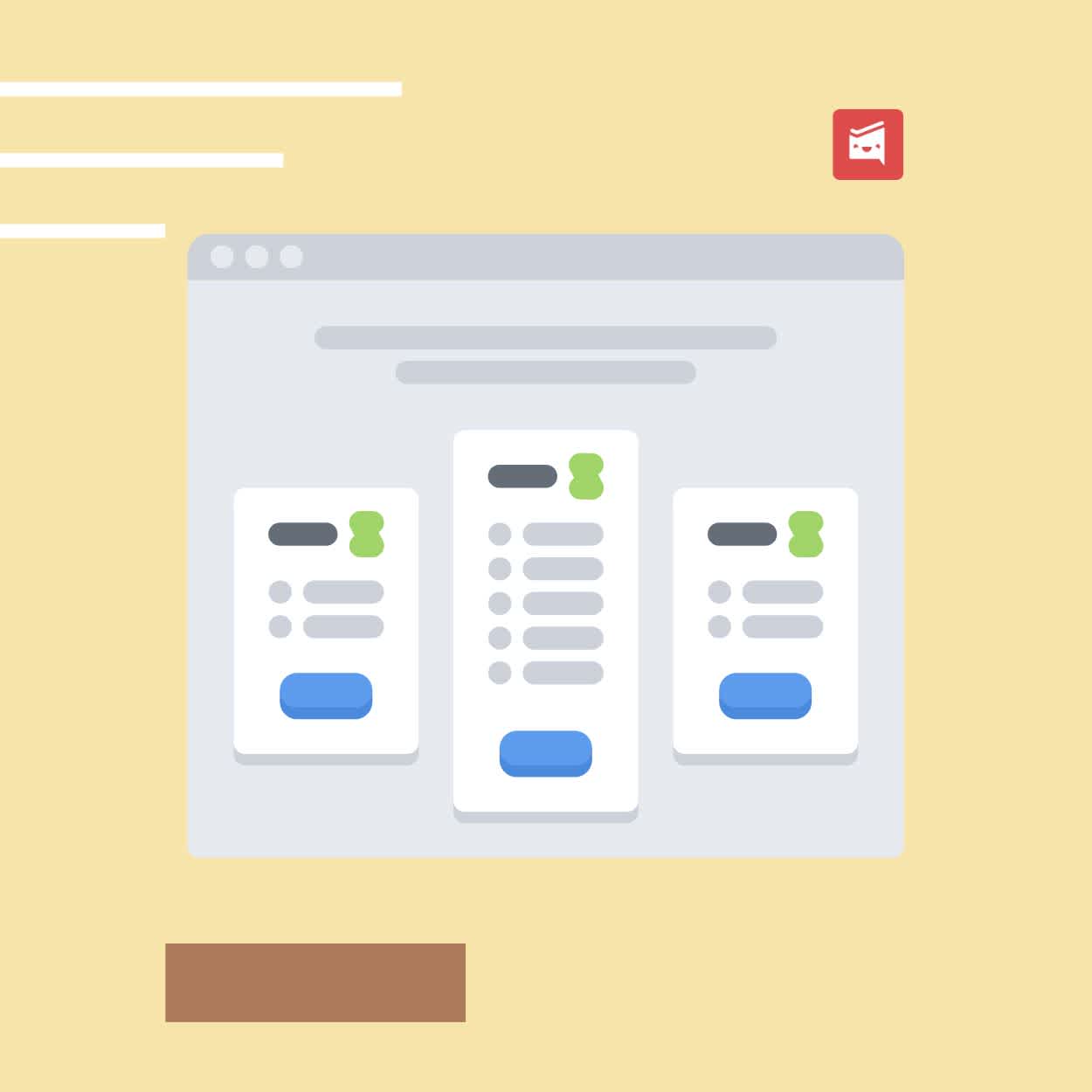Moving Your SaaS Business to a Subscription-Based Model? Here’s What You Need to Know
ByJulian Gette
Workast publisher

Workast publisher
The subscription model is proving popular in the B2B SaaS market. Along with emerging cloud-based solutions and making products readily available, the move to subscriptions makes big business sense.
Subscription management has its perks. For instance, by integrating the right tools, your business can simplify invoicing and reduce errors. But more about that later.
Below, we’ll discuss everything you need to know about a subscription-based model for your SaaS (Software as a Service) business.
The subscription business model is built on one rule - nurturing your relationship with customers.
Your client doesn’t pay for the product or service all at once. Payment happens monthly or annually to gain ongoing access to your digital goods.
Netflix and Amazon Prime are perfect examples of subscription-based business models. Subscriptions create recurring revenue and a loyal customer base which are big wins for any business.
There is no one-size-fits-all solution to SaaS business operations. But, with the right tools, your customer subscriptions can be easily integrated into your current platform.
Partnering with an expert SaaS vendor can help manage subscriptions, optimize pricing and automate tax calculations.
Billing issues can cause major headaches for companies, so invest in a system that works for you.
PayPro Global advises finding a platform that effortlessly integrates into your current system via flexible APIs to ensure maximum efficiency with minimal downtime.
Also, look for software that allows you to tailor your pricing models and is aligned with customizable subscription plans and global and localized pricing.
There are no limits once your business goes global. However, little hiccups can turn into massive mistakes. That’s the last thing you want to happen.
Your payments platform should be able to take the hits and lead to increased customer conversion rates. Your payment gateway must accommodate multiple currencies, several payment methods, global payments and a personalized checkout experience. Offering QR-based payments can enhance this experience, enabling seamless, contactless transactions that improve convenience for customers worldwide.
Let’s not forget about complying with international tax regulations. Once again, an excellent payment management tool automates the admin linked to global invoicing and tax regulations to stay compliant. And, as mentioned above, simplifying invoicing should be a breeze.
Subscription models are built on various revenue plans. Choosing the right one is paramount to ensuring business success, says Forbes.
It’s exactly as the term implies - offering a basic service for free. Clients are charged for premium plans and upgrades. The freemium framework attracts new customers and is effective in upselling to a subscription.
The customer pays based on usage with this model. It’s ideal for services that scale with customer needs and offer clear pricing.
Offering multiple service levels at varying price points lets you reach a wider range of customers.
Perks like discounts or freebies can make your service more attractive.
The subscription eCommerce market won’t be slowing down anytime soon. According to The Business Research Company, the sector is projected to reach $2,227.63 billion by 2028.
The figures appear promising in the SaaS landscape. Annual subscriptions are the most popular SaaS billing option (42%), followed by monthly and quarterly plans.
The subscription model predicts how much revenue is expected every month which can help streamline your business operations.
Another advantage is that you’ll have access to cash. Depending on your revenue strategy, some businesses request full payment upfront for discounted services. This option relieves cash flow headaches and provides startups with equity.
According to Younium, a subscription-based model takes the guesswork and costs out of constantly marketing new products or updates. Because clients make payments regularly and record them automatically via revenue recognition software, there’s no need to put all your effort and money into new customer acquisition.
And this is why…
Recurring subscriptions create a mutually beneficial ecosystem where both the customer and the business win. It also gives you valuable insights into customer behavior and parts of the buying experience you can improve upon.
If done right, subscription-based businesses can accumulate a large loyal customer base. That’s essentially what you want because repeat customers spend 67% more than new ones.
There’s no doubt that the subscription model works. How you implement it decides whether your business reaps the rewards or fails. Also, be mindful that the model practices three fundamentals: flexibility, convenience and value.
It provides businesses with ongoing and predictable revenue streams and opportunities for engaging loyal customers.
With a stable financial footing, you can scale, plan and invest in tools to help further build your business. Forbes calls it the psychological joy of a little treat every month, and we couldn’t agree more.
